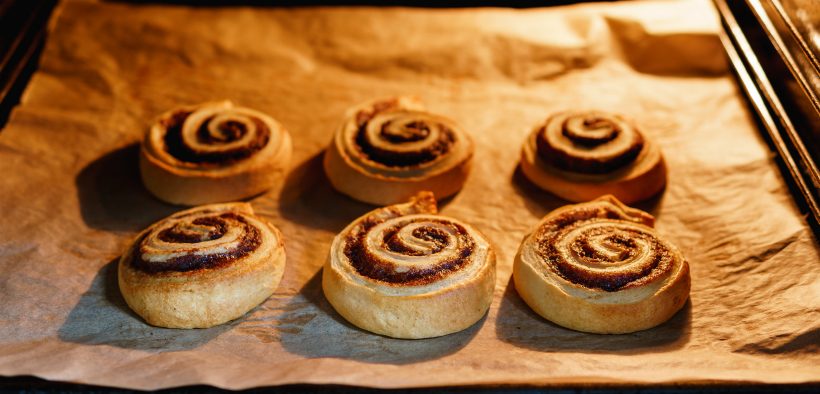I think I killed my yeast.
It has been years, nay, decades, since I last baked bread without using a bread machine. It has even been years since I used a bread machine. I once regularly made a delicious honey graham bread. It always turned out well. So when I saw a recipe for the famous Tuck Shop cinnamon buns in our university’s alumni magazine a few weekends ago, I thought, Oh, I can do this. I have made bread before.
Related Articles
I have two loves: teaching and learning. Although I love them for different reasons, I’ve been passionate about...
Active learning is a mostly meaningless educational buzzword. It’s a feel-good, intuitively popular term that indicates concern for...
Perhaps the earliest introduction a student has with a course is the syllabus as it’s generally the first...
Generative AI allows instructors to create interactive, self-directed review activities for their courses. The beauty of these activities...
I’ve often felt that a teacher’s life is suspended, Janus-like, between past experiences and future hopes; it’s only...
I teach first-year writing at a small liberal arts college, and on the first day of class, I...
Proponents of rubrics champion them as a means of ensuring consistency in grading, not only between students within...









